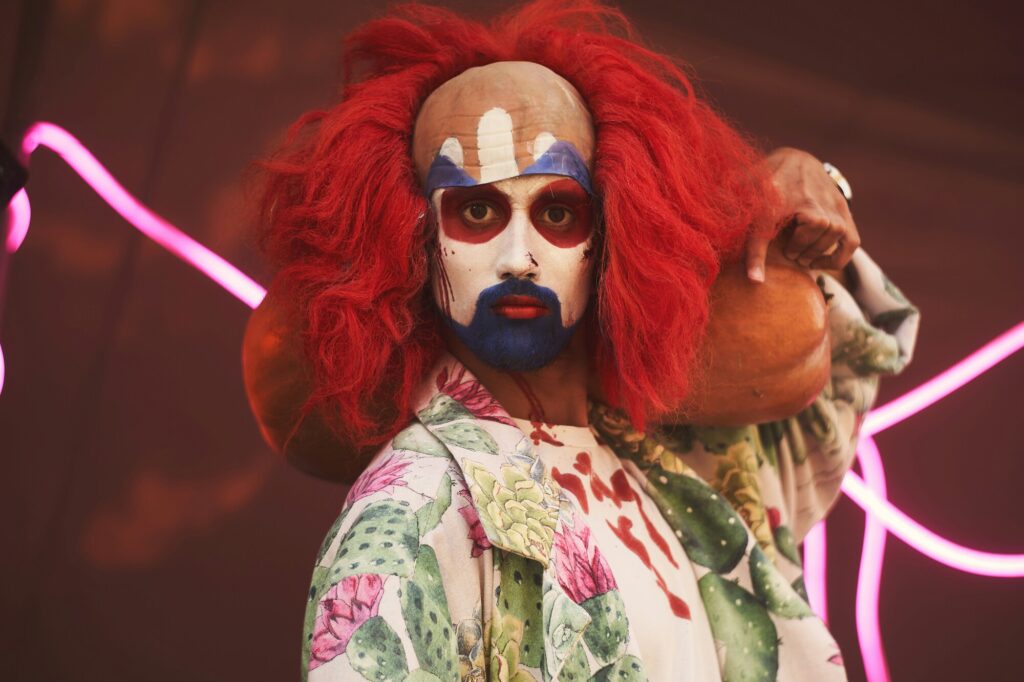This post is also available in Dutch.
Venomous spiders, witches, evil spirits, bloodthirsty vampires — the list goes on. On the last day of October, both fictional and existing scary creatures take center stage during Halloween. The holiday, which originally marked the beginning of All Saints’ Day, is now known as a festival of horrors in many countries.
A character that stands out among the Halloween horrors is the clown. How did a profession dedicated to making people laugh end up here? Those familiar with the horror clown Pennywise from the movie adaptation of Stephen King’s book or the Joker from the DC Universe might say that pop culture is to blame for clowns’ creepy reputation. While pop culture certainly plays a role, what makes an originally cheerful character such a reliable source of fear?
Fear of Clowns is Common
Scientists in Wales were also intrigued by the horror-clown phenomenon and studied the extent to which this reflects a widespread fear of clowns in general. Their research shows that so-called coulrophobia is just as common as other phobias, such as fear of mice, spiders, or needles! More than a quarter of the adults surveyed reported they fear clowns, and one in twenty described it as extreme fear.
Causes of Fear of Clowns
To understand what triggers the fear of clowns, the scientists distributed a specially designed survey to nearly 1,000 people. The results revealed several factors contributing to this fear.
Clowns Have a Repulsive Appearance
The uncanny feeling we can experience from clowns is known to scientists as the “uncanny valley”. This occurs when we encounter things that closely resemble humans but are not quite the same. The term is often used for humanoid robots that we find untrustworthy because they don’t look exactly like real people. With their face paint, clown noses, and unusual clothing, clowns also create a distorted human figure, causing a similar uncomfortable sensation in many people.
Clowns are Unpredictable
Another reason we distrust clowns is the way many of them perform. Their shows often involve unpredictable behavior, sometimes even tricking the audience. Combined with the face paint that makes it harder to see normal facial expressions, this feeds our mistrust of clowns.
Learned from Family, Culture and Media
Fear of clowns can also be learned. For instance, It can be passed down from parent to child or influenced by cultural backgrounds that depict clowns as pagan or evil. Last but not least, the portrayal of horror clowns in the media can indeed make clowns get under your skin.
Do you also wonder why we love things like haunted houses and scary movies (with or without clowns) in the first place? Read about it in this and this Donder Wonders post. In addition, read about how fear works in your brain here.
Author: Maartje Koot
Buddy: Lucas Geelen
Editor: Hilde Althof
Translator: Siddharth Chaturvedi
Editor Translator: Elena Markantonakis
Image by Yuriy Yosipiv via Unsplash
